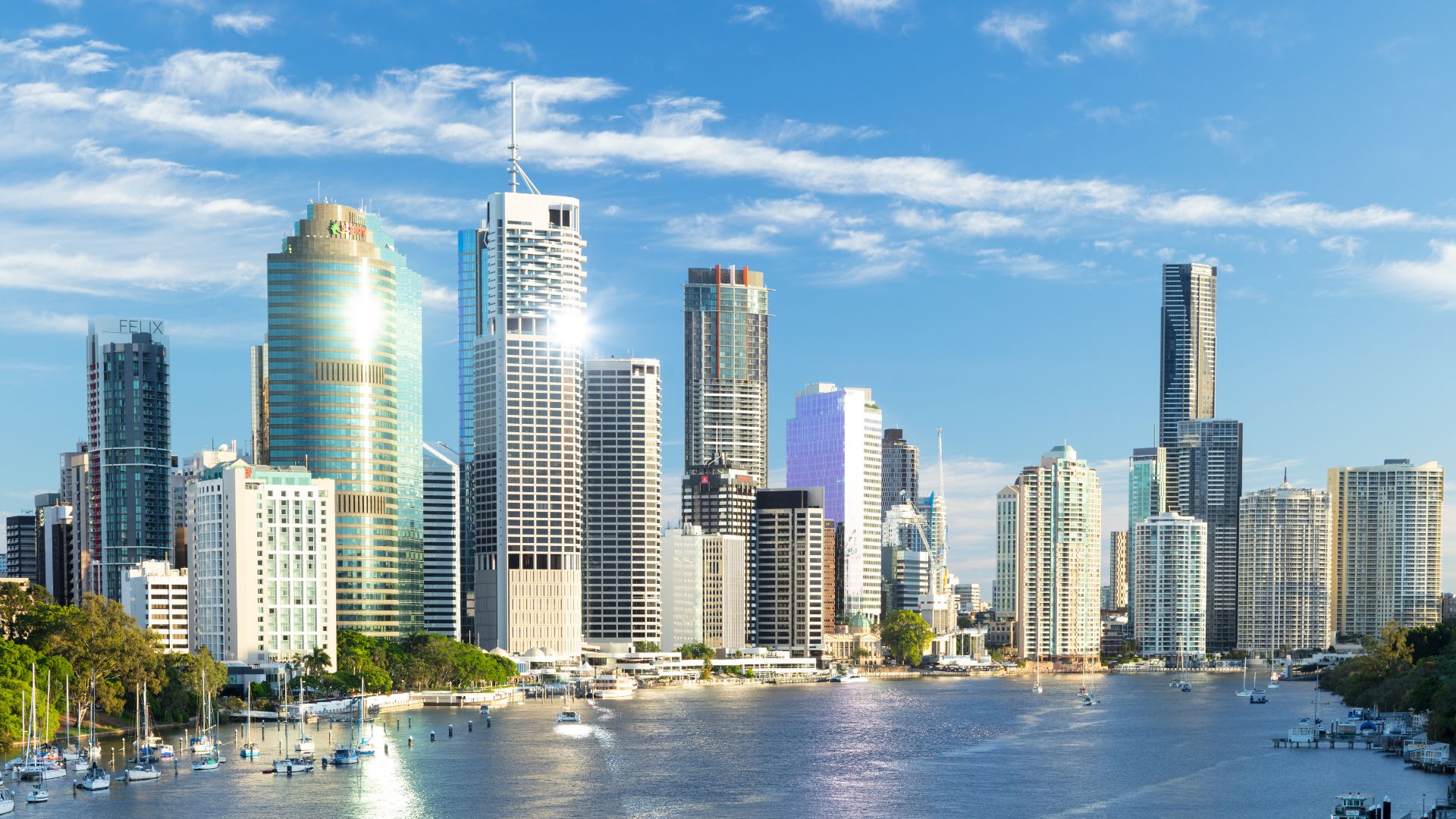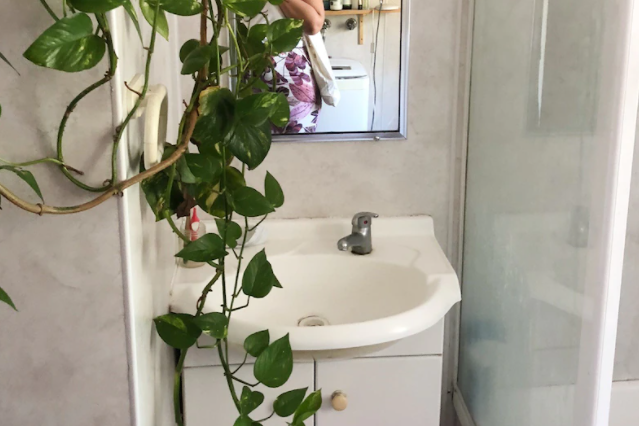
Property Management Experts
Servicing Brisbane for 10+ years with local knowledge and maximum returns!
About UsServicing Brisbane for 10+ years with local knowledge and maximum returns
About Us
Servicing Brisbane for 10+ years with local knowledge and maximum returns!
About Us
At some point during the first coronavirus lockdown, I realised how cramped, mouldy and just "not me" my studio apartment was.
With all the time we were spending inside, it started to feel unbearable. So I set about finding a new place.
Because I have expensive taste and am not rich, I decided the easiest way to get an apartment I wanted to live in would be to find a cheap place with good bones and turn it into something I loved with a little DIY.
Many friends have told me they don't love the idea of investing time and money in something they don't own and put off properly settling in as a result.
But as house prices continue to reach new heights, owning property can feel like an unrealistic dream, which is why investing a bit of time and money into a rental made sense to me.
One Gumtree ad, a flurry of text messages to the advertiser and a somewhat rushed viewing later, and I'd found the perfect fixer upper.
The kitchen was beige with a tiled blue floor, the bathroom a linoleum nightmare and the bookshelves blocked light from getting in. And that's only the stuff I identified during the first viewing.
Renting is something a lot of us do.
In 2017–2018, 32 per cent of households in the country were renting their homes, according to an Australian Bureau of Statistics housing occupancy and costs survey.
For many renters, this feeling of not really being at home is exacerbated by how challenging it can be to secure a long-term rental.
Eight months after signing a new lease, I finally finished updating my home.
If you're curious about making changes in your rental, here's how I went about my upgrades — and how the experts advise approaching your landlord.
How I got permission instead of asking for forgiveness
Making my own upgrades wasn't a deal-breaker for me. I knew I wanted to move into the property regardless — I'd been putting up with a mouldy studio apartment for too long and this space was too big and too north-facing to turn down.
So once I'd signed the lease, I asked for another viewing to measure the space properly and chat with my landlord.
Before getting in touch with your landlord, Penny Carr, the chief executive of Tenants Queensland, tells me she recommends renters check out their tenancy agreement and whether there are stipulations around what changes you can make to your property, as well as your local tenancy laws.
If your lease is through a real estate agent, property manager Karla Major recommends asking if there's a process for requesting non-essential upgrades or renovations.
If there is, follow it. If there isn't, she says the next "best thing to do is build a relationship with your property manager or your landlord" over the phone or in person, to get a sense of how open your landlord is to upgrades.
"The thing to bear in mind is that every landlord is in a different situation … so the best way to go into it is to be open to negotiations," Ms Major says.
She says the length of your tenancy, how long you've been in the property and your landlord's attachment to it, or a certain aesthetic, can all impact the response you get.
After the initial conversation with my landlord, there was a bit of back and forth about the specifics of what I wanted to do. Lucky for me, the answer was a resounding yes to everything I'd asked permission for.
Who's paying? What will happen when you leave?
Before I approached my landlord, I made a list of everything I wanted to change, costed it and spent an age contemplating paint swatches.
Then I shared my vision on the extra walkthrough I requested and asked my landlord's opinion on it all, which Ms Major also recommends doing.
The response was positive, so I explained who I'd get to do the work (my friends and partner!) and what kind of experience they had, and I also offered to cover the costs.
If that sounds expensive, Ms Major and Ms Carr say you can negotiate who will pay for the cosmetic changes you're after, and that could include offering to split the costs.
But you don't have to offer to cover the costs at all — especially if the changes you're after could be viewed as necessities, like a dishwasher or air-conditioning.
"A lot of these things do add value to properties, which can [enable] a rent increase," Ms Carr explains.
While I got the OK to paint and make changes with the help of friends, Ms Major says it's common for landlords to only agree to upgrades like painting if a professional does the job.
If you do agree on some upgrades, Ms Major recommends emailing everyone involved to confirm what's been discussed so you have it in writing.
It should include the details of what's being done, who's doing it, when it's happening and who's paying.
Both experts agree this is important for the end of a lease, so you know what your individual obligations are before you hand the keys back and apply for your bond.
Before you start working, Ms Major advises taking "before" photos and sharing them with everyone involved, as a record of the condition the property was in before any work took place.
Here's how it all worked out for me
Once I'd finished the whole negotiation process, it was time for the actual hard part: the work.
In the last six months, my bathroom's been painted pink and my kitchen cupboards and benches complementary greens, while the floor is now a glorious white.
Cabinet knobs have been changed, curtains have been put up, light fixtures have been swapped out and my ceiling is now laden with hanging plants.
I invited my landlord to pop in while the work was underway so they could see how it was all going. But if that doesn't sound ideal to you, Ms Major says you could offer to send progress shots.
At the end of it all, don't forget to take "after" photos and share them so everyone can bask in the glory of your hard work.
Upgrading my apartment took forever and it was expensive — while I didn't keep track of how much it all cost exactly, because the process involved buying various things over about five months, it was a lot more than the $300 I initially expected.
But if I had to go back and choose between the mouldy studio I was in before and the pastel palace I made my own, I'd choose the latter every time.
SOURCE: https://www.abc.net.au/everyday/how-to-get-permission-for-rental-upgrades-landlord/100177856